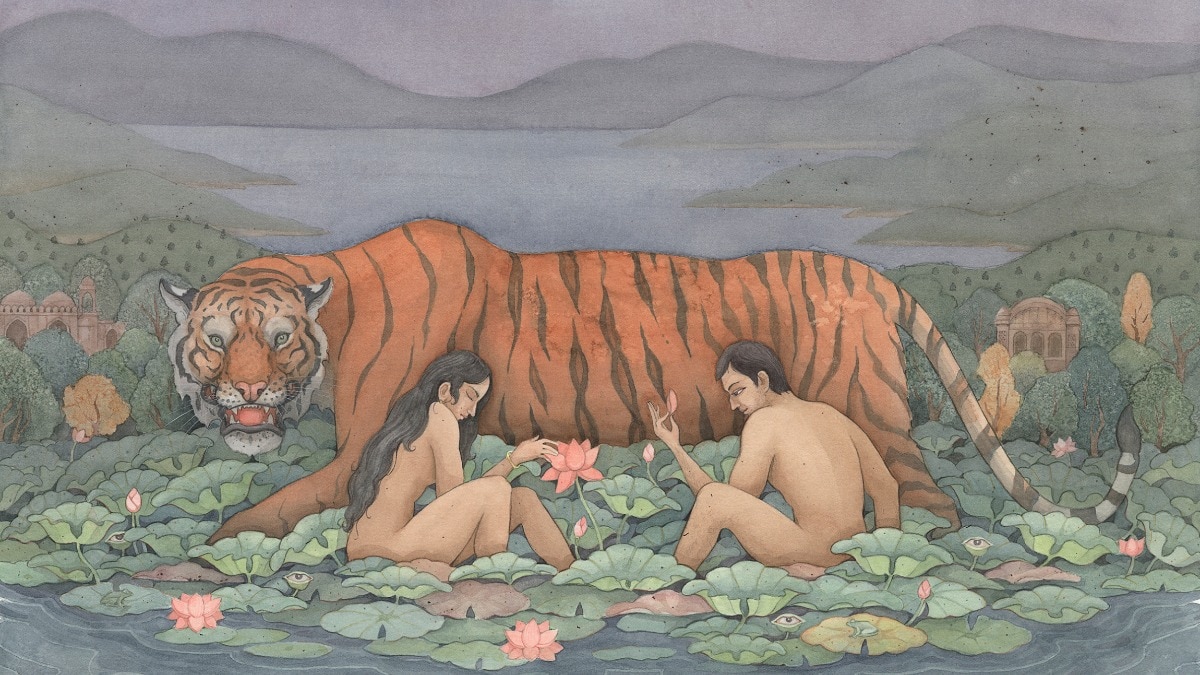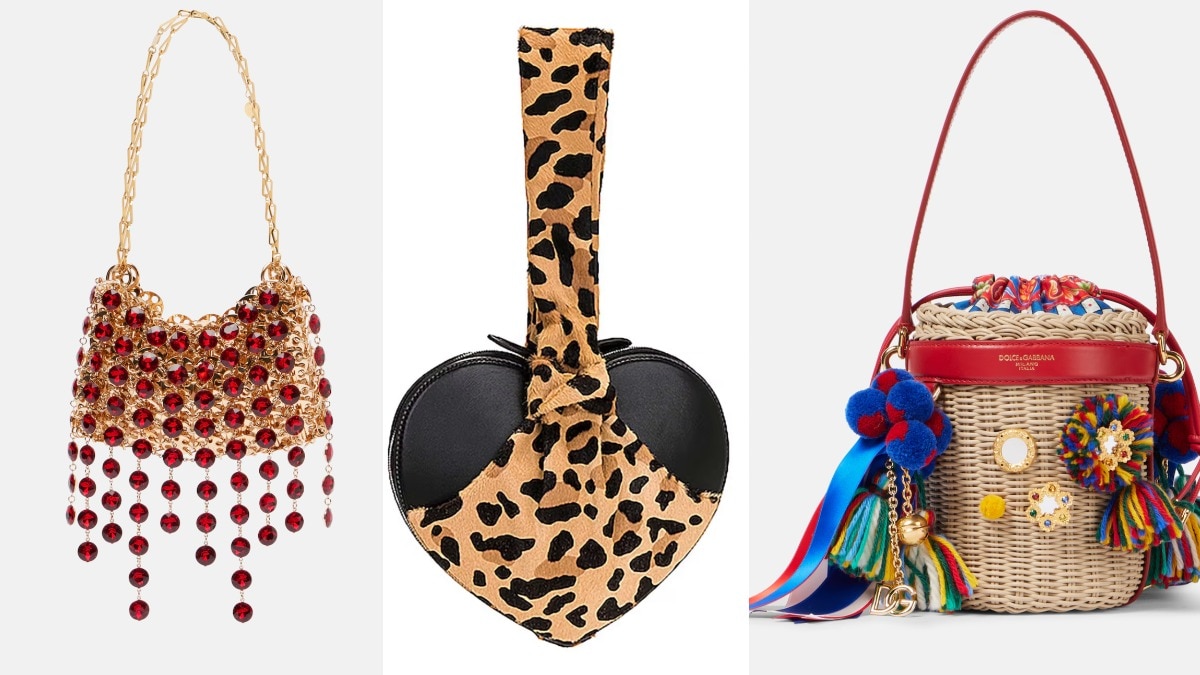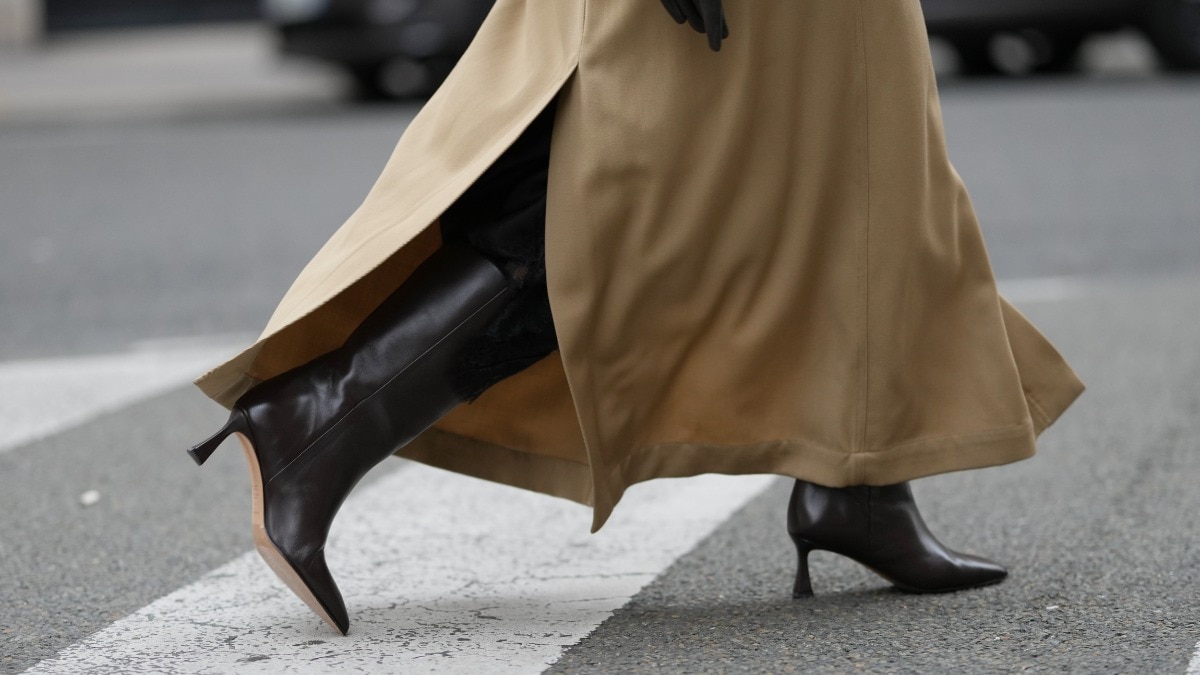When did the young generation start spending their savings on art?
Art is the latest draw for younger investors—and we don’t just mean NFTs. We find out why.


Take a moment to think about the fine arts and your mind may immediately go to the intricate seams of colour-filled canvases, the labyrinthine lanes of mighty galleries, the hushed tones of lavish auctions, and, almost inadvertently, old men and women gazing out intently in all their fineries.
Art as an industry has always been led by the “white hairs”, and more specifically by well, white-haired men. Perhaps because the artists whose works were deemed worthy of being bought and showcased had to see the rigours of years of toil before being recognised. And perhaps because everyone who could really afford this investment had to go through similar rigours in their own working lives.
But increasingly, there has been a shift in the demography and gender of art investors in India. There are now younger investors in the market, and more women. “And when we say women, we don’t mean wives buying art for the house, but women buying art for themselves, with their own earnings,” says Venetia Vickers, head of financial knowledge at India Art Investor, a first-of-its-kind art market intelligence firm. According to Vickers, technology has helped reduce the distance that once was a norm in the art world—where it was put on a pedestal, only accessible to a select few—and made it more tangible.
Other experts also point to a slow transition—an effect of modernization, globalization, economic and social advancement—that has led to this change. “Young professionals have more resources at their disposal today. They are educated, well-travelled, and cosmopolitan, which reflects in the broader views they have, on everything including art,” says Alka Pande, art historian, curator, and author. In our discussion, an important insight that emerged was the influence of modern celebrities on the idea of art that the younger generation has. With icons like Madonna collecting Freida Kahlo, and Andrew Lloyd-Webber’s passion for the Pre-Raphaelites.
“The younger generation also has a deeper level of familiarity and comfort with art, as they’ve grown up with a greater proximity to it,” elucidates Arvind Vijaymohan, chief executive of Artery India, an art asset advisory.
That there has been an increase in the disposable income of this generation is an added, if not the foremost reason for this shift. “15-20 years ago, art was only part of the luxury bracket and we saw big businessmen indulge in its purchase,” says Vickers. Pande agrees and adds that it came after someone has bought a summer house, a winter house, maybe a holiday home, and a fleet of cars. “Today, people in their late 20’s, through 30’s and 40’s—the middle management so to say—are increasingly becoming art investors,” continues Vickers.
She similarly elaborates on the gender inclusion that the industry has seen. “There has been an increase in the number of women in the workforce, which has meant more financial independence for them,” she says. This has reflected on the women interested in art.
And, with the younger demographic, there has also been a shift in what is considered art. While most are drawn to the conventional media of works on canvas and paper, installations, new media and sculptural are also gaining popularity. “And NFT!” says Pande. “Although those are still limited.”
The world of art has expanded drastically over the last few years, and while we write about and for the younger investors who’ve joined the art brigade, we wonder what advice these experts would give fledgling art investors. “I have three. One: Collect with a long-term perspective and do not be a signature chaser. Two: Listen to the experts but follow your own design sensibilities. Do not be part of the herd. Three: Don’t let investment be a driver. Buy works you connect with, and never because they are being recommended as the next big thing,” says Vijaymohan. Pande also recommends reading and visiting as many galleries as possible as the foremost step.
Vickers gets more specific. “Spread out your investments. Save every year and spread them out across works. I always recommend investing in the works of Moderns—that should make up 60-70 percent of your investment. Then rest can be driven by aesthetics and pieces that resonate with you.” And if you’re looking for names, established contemporaries (apart from Moderns and Pre-Moderns) like Subodh Gupta, Bharti Kher, Atul Dodiya, and Anju Dodiya make the list. And the promising names include Kumaresan Selvaraj, Shrimanti Saha, and Sumakshi Singh.
Feature Image: @knmaindia / Instagram










